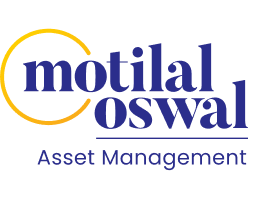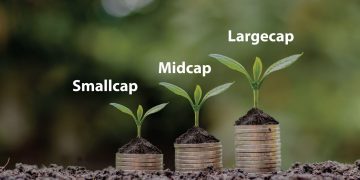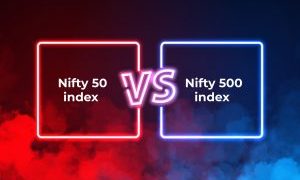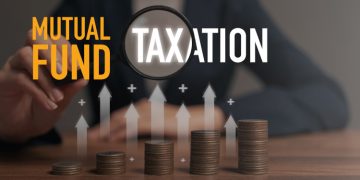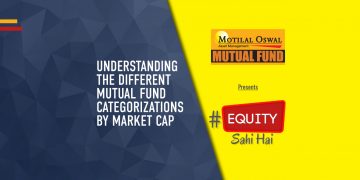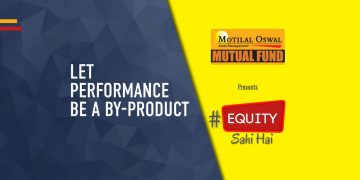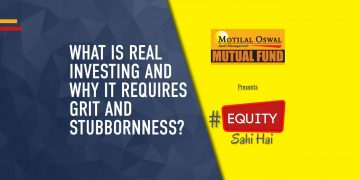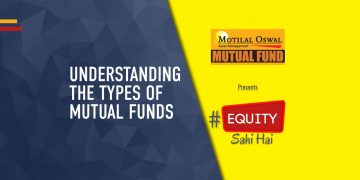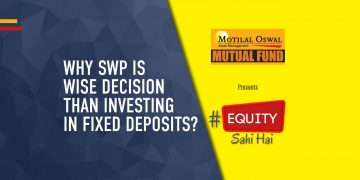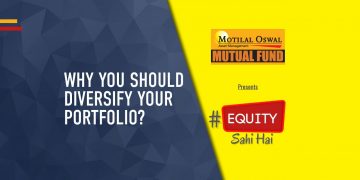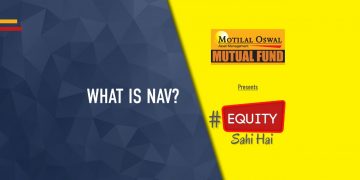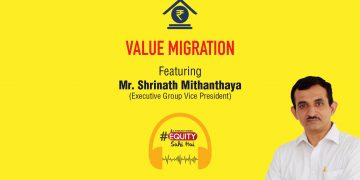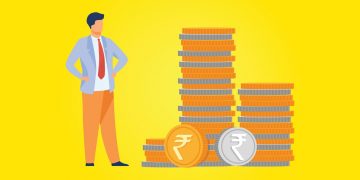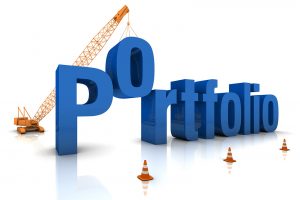We keep hearing about famous investors who have accumulated portfolios* worth hundreds of crores over the years. That is something we all aspire for, of course. If you’ve ever invested in the stock market or even thought about investing in the stock market, I’m sure you’ve been inspired by these stories at some point.
But how can you build up a portfolio? What are the steps you should follow? What are the things that you should keep in mind?
*source: https://www.moneycontrol.com/india-investors-portfolio/
What are the steps to build a good investment portfolio?
The first step is self-awareness. Investment is a very personal activity, and simply emulating another’s portfolio is not a guaranteed formula for success. Your investment portfolio has to be a reflection of your investment goals, risk appetite and financial plan.
Think about how much you can save every month, what you are saving for, and how much risk are you willing to take. Once you have this clarity, you can then approach the second step — asset allocation.
Keeping in mind your risk appetite, your asset allocation essentially divides the total capital into several different asset classes like debt, equity and commodities. For example, if you’re looking for aggressive growth in your investment portfolio, your asset allocation will be more skewed towards equity. On the other hand, if you’re looking to build a conservative nest egg, then a more balanced split between equity and debt will be a good fit.
The third step to building a good portfolio is the selection of assets. This is the make-or-break step. If you don’t choose the right assets, all the self-awareness and asset allocation in the world are not going to help you.
This is the step where most amateur investors tend to make mistakes. After all, choosing the right assets to invest in, involves a lot of research and analysis. The capital markets are all interconnected, and different macroeconomic factors influence different assets.
Because it’s quite difficult to choose the right assets, a lot of investors prefer to invest in mutual funds. Mutual funds provide an alternative to managing your own portfolio. Essentially, you can set your targets, finalise your asset allocation and then pick suitable mutual funds to create your portfolio.
How to build a portfolio using index funds
Index funds are mutual funds that have become very popular in the past decade or so. These funds invest the entire asset corpus into a particular index. This could be equity or debt or commodities or any other assets.
Now, there are several reasons why it is a good idea to build your portfolio using index funds. The main one is passive investing. Passive investing relies on the fact that the market, if left alone to its own devices, is likely to provide decent returns* in the long run.
There are limitations to predicting the market. If you opt for an actively managed portfolio, you will have to bear the stress that comes with the fluctuations in the market. With actively managed mutual funds, you won’t have to shoulder the stress personally, but you will have to make a higher expense ratio to compensate for this.
But, if you are optimistic about the future potential of the Indian economy, there is no doubt that the capital markets will grow in the long run. So why not just invest your money in the top companies and let it germinate in peace?
Index funds simply mirror the index. There is negligible manual intervention when it comes to the selection of the portfolio. For example, if you invest in a Nifty50 index fund, the entire fund amount will be invested in the Nifty50 companies.
One of the advantages of index funds is that you can choose different funds for different asset classes. There is a lot of variety when it comes to choice, and you can create a complete portfolio using index funds.
Let’s take a look at some of the different assets that you can invest in through index funds.
*source: https://www.moneycontrol.com/mutual-funds/performance-tracker/returns/index-fundsetfs.html
Indian Equities
This is the most popular type of index fund. There are various different schemes that invest in Nifty50 and Sensex. In fact, you can even go deeper and add index funds from the mid-cap, small-cap or thematic segments.
To start with, it is a good idea to create the foundation of your portfolio with large-cap stocks. These are the biggest names in the Indian stock market and will bring some consistency to your investment portfolio. Apart from that, of course, you can pick from other equity index funds depending on your risk appetite.
International Equities
This theme has become very popular in the past couple of years. It can be difficult for beginners to understand how to understand an international stock market. There are specific index funds that mirror the allocation of international stock indices like the NASDAQ-100 and the S&P 500.
International equity-based index funds can be a good option if you want to add some international allocation to your portfolio.
Debt
You should have some debt components in your portfolio. This could add some balance. For example, if the stock market crashes, your equity portfolio will take a bashing. Your debt investments will provide a safety net* during that time.
The main issue with debt investments is the lack of liquidity. For example, if you buy a government bond or a fixed deposit, your money will be locked away until the bond matures.
Debt index funds provide a solution to this problem. They offer the chance to add some debt investments along with high liquidity.
*source: https://www.forbes.com/advisor/investing/best-investments-stock-market-crash/
Commodities
With commodities, it is very difficult to understand where to start. If you opt for the derivative route, there is a high capital requirement. It is also quite risky.
Commodity based-index funds track the standard rates of a benchmark index. You can get started easily, even with a small starting capital. It is good to have some commodity index fund or ETF in your portfolio, for diversification purposes.
Smart Beta Funds
These funds invest in smart beta indices. They fall under factor investing and are slightly different from traditional index funds. Unlike benchmark indices like the Nifty or Sensex, smart beta combines different factors like volatility, momentum, value, quality, etc. These indices are more customised.
Smart beta funds invest in smart beta indices like the Nifty Alpha 50 and the Nifty High Beta 50.
Multi-Asset Funds
These funds invest in a range of different securities. There is generally some component of equity, debt and commodities. You can allocate a small portion of your portfolio to multi-asset funds for diversification purposes.
Conclusion
Index funds offer the chance to build a completely passively-managed portfolio. By taking human intervention out of the equation, you can be assured that you are likely to receive average market returns in the long run.
You can opt for the SIP route and invest your monthly savings into the different index funds of your choice. The entire process can be automated, and your portfolio will keep growing.
Disclaimer: This blog has been issued on the basis of internal data, publicly available information and other sources believed to be reliable. The information contained in this document is for general purposes only and not a complete disclosure of every material fact. The information/data herein alone is not sufficient and shouldn’t be used for the development or implementation of an investment strategy. It should not be construed as investment advice to any party. All opinions, figures, estimates and data included in this blog are as on date. The blog does not warrant the completeness or accuracy of the information and disclaims all liabilities, losses and damages arising out of the use of this information. The statements contained herein may include statements of future expectations and other forward-looking statements that are based on our current views and assumptions and involve known and unknown risks and uncertainties that could cause actual results, performance or events to differ materially from those expressed or implied in such statements. Readers shall be fully responsible/liable for any decision taken on the basis of this article.
Mutual Fund investments are subject to market risks, read all scheme related documents carefully.
